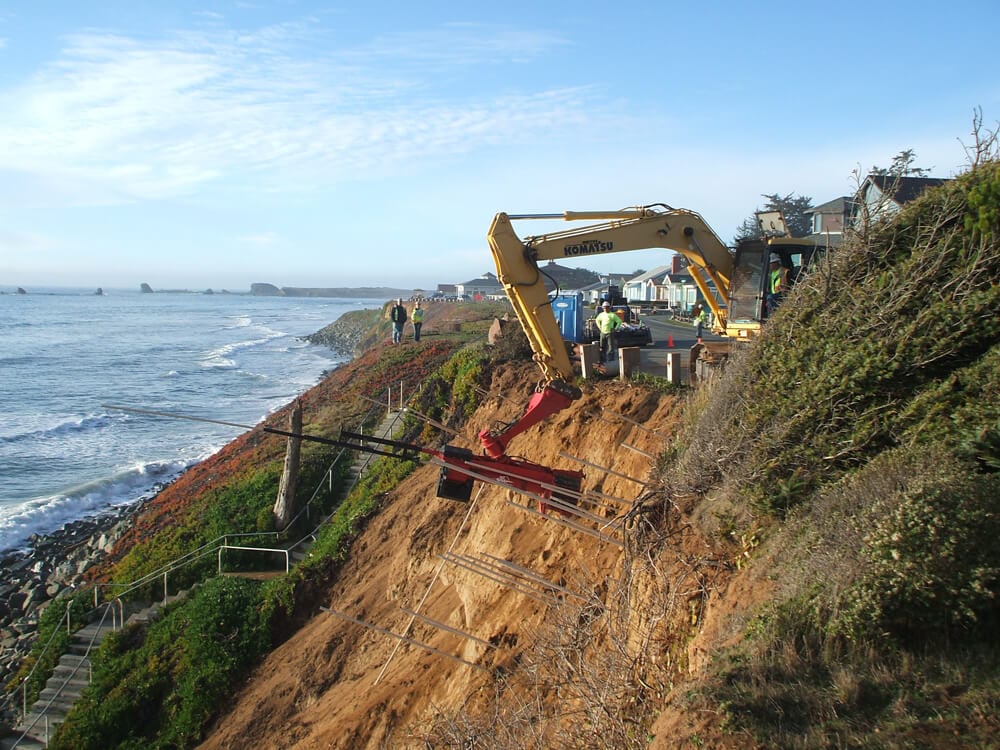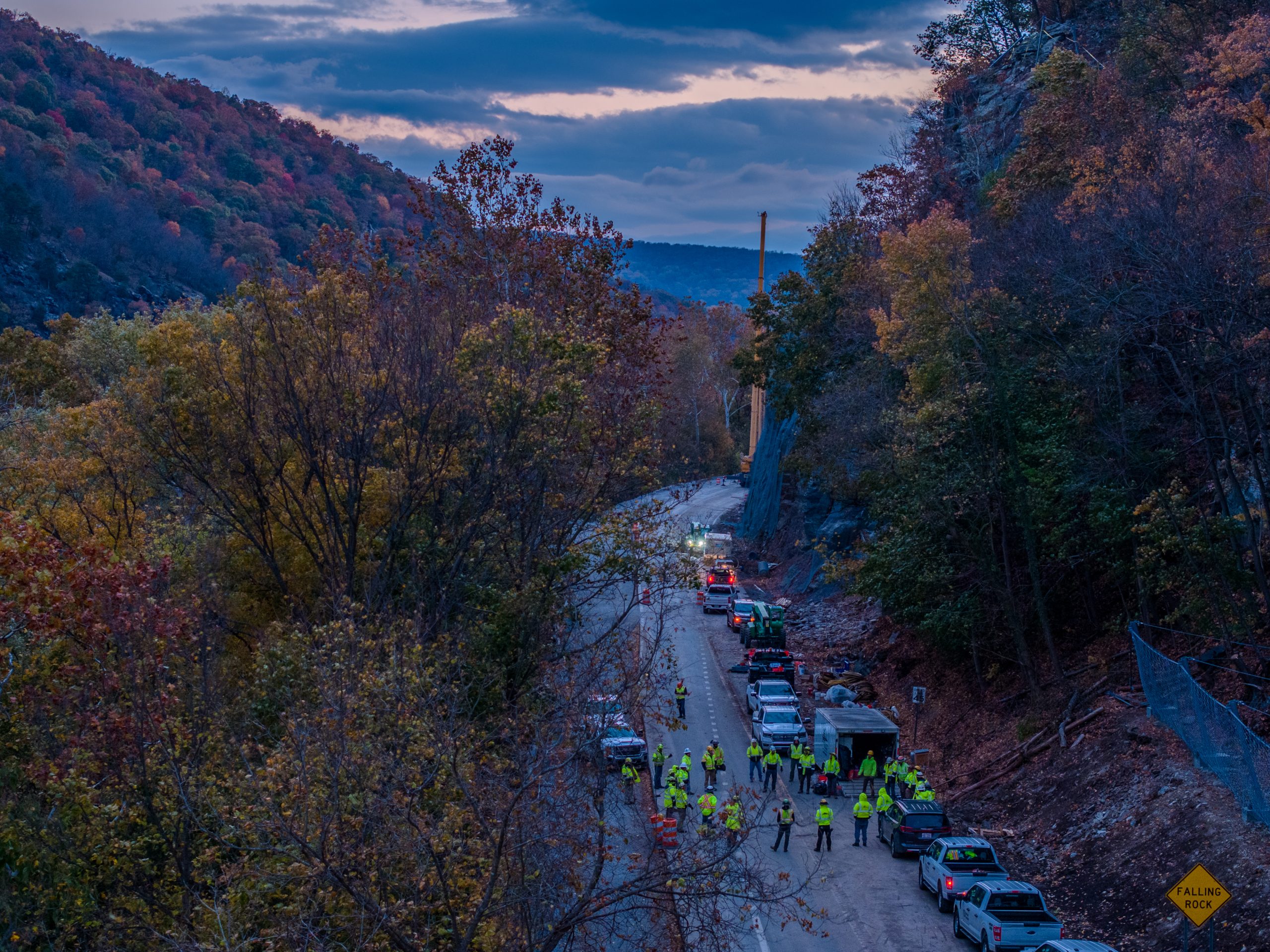At Access Limited Construction we offer many services to our clients. Here are some of the of the things we do:
View Project Gallery

Access Limited provides a comprehensive suite of solutions aimed at addressing diverse challenges in the fields of geotechnical and civil engineering. Our Rockfall Mitigation services employ cutting-edge techniques to safeguard against potential rockfall hazards, ensuring the safety of infrastructure and the surrounding environment. Steep Slope Drilling expertise enables us to navigate challenging terrains, facilitating efficient and precise foundation installations. Power Industry Solutions cater to the unique needs of energy infrastructure projects, offering specialized engineering services. Slope Stabilization and Retaining Wall Repairs ensure the longevity and stability of structures on uneven landscapes. Ground Improvement techniques optimize soil conditions, enhancing the performance of foundations. Additionally, our Emergency Work services provide rapid and effective responses to unforeseen issues, showcasing our commitment to reliability and client satisfaction. Access Limited stands as a trusted partner, delivering tailored solutions for a wide range of geotechnical challenges.
Ready to fortify your infrastructure and tackle geotechnical challenges with confidence? Contact us today to discuss your unique needs and discover how Access Limited can be your trusted partner in building a resilient and secure future. Your infrastructure deserves the best, and we're here to provide it. Let's create lasting solutions together.
If you are interested in a no-obligation site visit to determine if our services fit your geohazard mitigation needs, call us at 805-727-4310 or fill out our contact form.